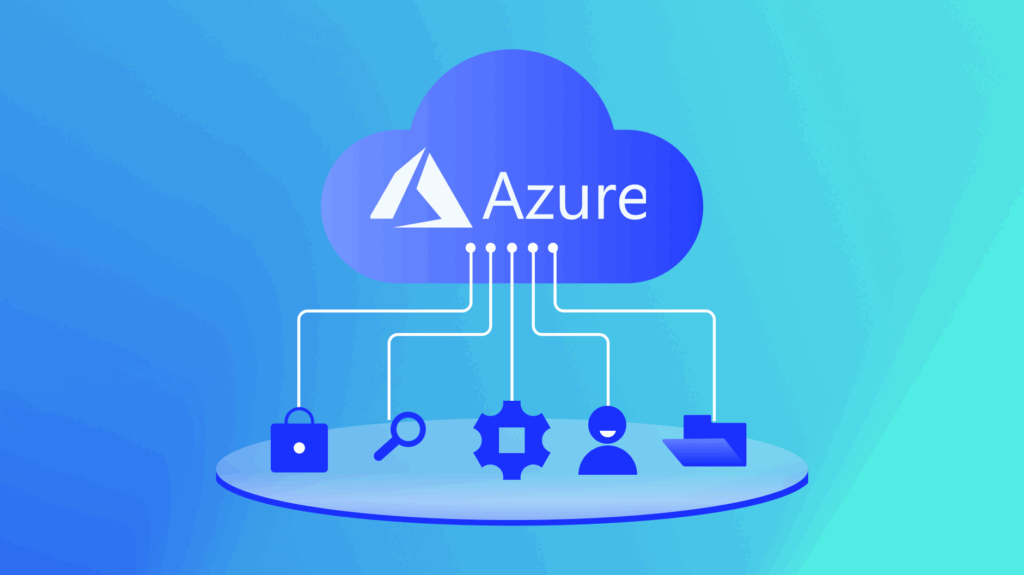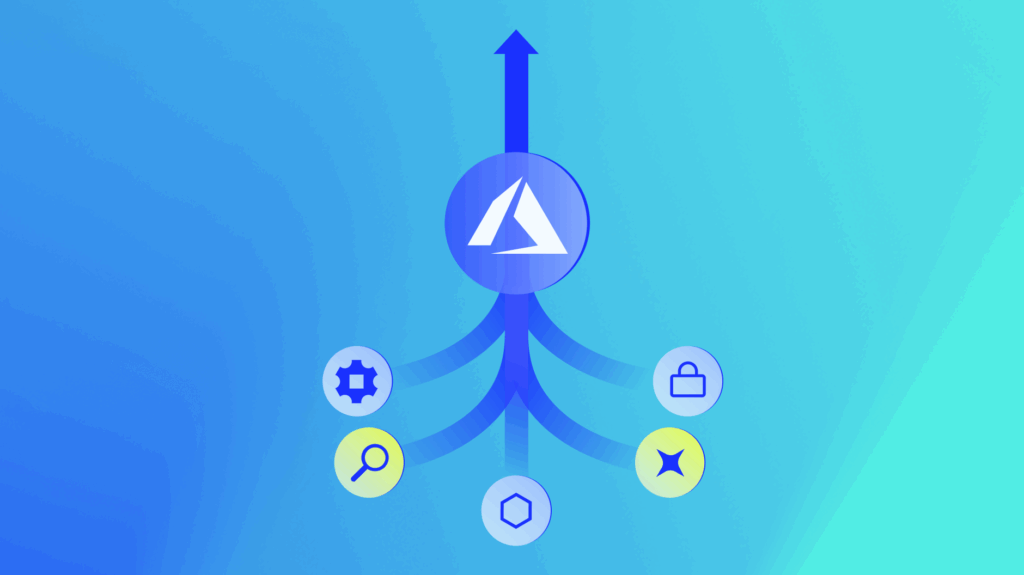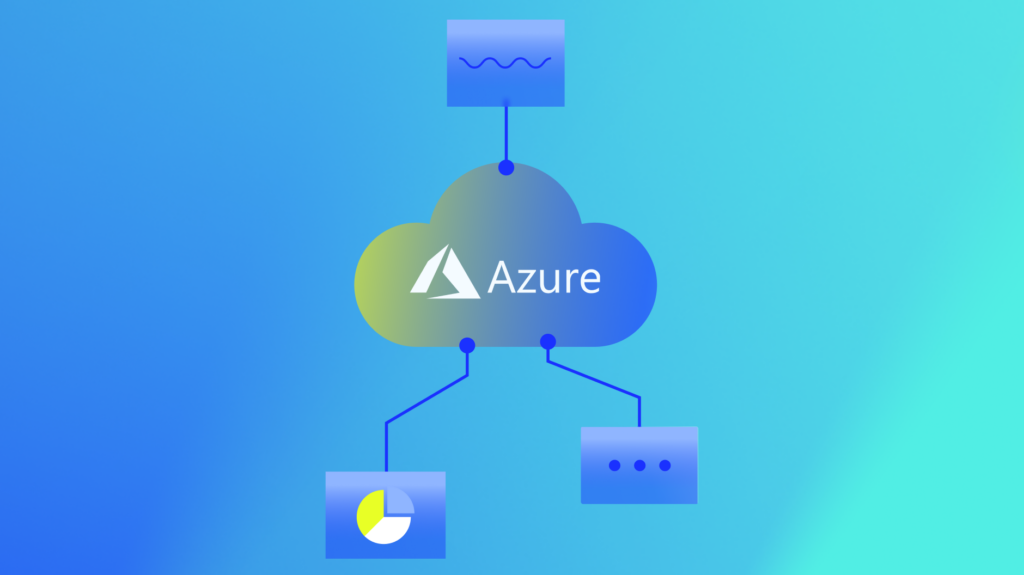This is the tenth blog in our Azure Monitoring series, and it’s all about what metrics miss. We’ll break down why teams need more than CPU graphs to troubleshoot effectively and how events, logs, and traces work together to expose what’s really going on behind those “all green” dashboards. Missed our earlier posts? Check out the full series.
“Everything’s green—so why isn’t it working?”
If you’ve ever stared at a perfectly healthy Azure dashboard while users flood the help desk with complaints, you’re not alone. Metrics might say everything’s fine, but without the full picture, you’re left guessing.
This is the tenth blog in our Azure Monitoring series. We’re digging into why metrics-only monitoring doesn’t cut it anymore, and what your team actually needs to troubleshoot complex environments faster and smarter.
TL;DR





When Metrics Lie
Let’s go back to that stuck dashboard. A financial services ops team saw normal CPU, memory, and network usage. But customers couldn’t complete transactions, and no one knew why. After three weeks of finger-pointing, they found it: a missing database index. That config change went live just before the failures started—but without logs, traces, or event context, it stayed invisible.
Here’s the truth: metrics only tell you what’s happening. They rarely tell you why.
And that’s a problem when the clock is ticking. According to 2024 data, 82% of IT teams reported an MTTR of over one hour for production incidents, up from 74% the year prior (and dramatically higher than 47% back in 2021).
What Azure Monitor Does and Doesn’t Show You
Azure Monitor gives you:
- Standard cloud metrics (CPU, disk, memory, etc.)
- Resource-specific data across compute, storage, and networking
- Guest OS metrics (with agents)
- Platform health indicators
That’s a decent start. But without logs, traces, and event visibility, you’re missing:
- The actual error messages triggering issues
- Where failures cascade across microservices
- When a code push or policy change caused something to break
You also hit retention limits (93 days max) and sampling gaps that can mask fast-moving problems. And if you’re not collecting higher-resolution metrics or paying for extra retention, critical data disappears before you even get a chance to analyze it.
Metrics Without Context = Slow Troubleshooting
Let’s say your VM shows high CPU. Metrics tell you something’s off. But they don’t answer:
- Is an inefficient code path consuming excessive cycles?
- Are failed API calls triggering CPU-intensive retry loops?
- Has a missing database index caused query compilation overhead?
- Is connection latency forcing components to wait while holding resources?
Without supporting context—events, logs, and traces—you’re guessing. And guessing slows everything down.
Events, Logs, and Traces: The Essential Missing Elements
After examining the limitations of metrics-only monitoring, it’s clear that a more comprehensive approach is needed. This is where events, logs, and traces become invaluable. These three observability pillars complement metrics by providing the context, causality, and connection details that metrics alone cannot deliver.
What Events Add to the Picture
Events are the “what changed” signal every ops team needs. They fill in the blanks when metrics spike or alerts fire unexpectedly.
With event data, you can:
- See when a config change, deployment, or policy update happened
- Correlate changes with emerging issues in real time
- Separate user-generated issues from systemic failures
- Validate whether an issue was caused by a release or just bad timing
Event signals provide the timeline and causality that tie the rest of your telemetry together. Without them, you’re stuck searching for clues. With them, root cause often surfaces in seconds.
How Logs Expand the Picture
Logs give you the story behind the symptom. They show you:
- The exact error that triggered a failure
- Which component threw the exception
- Session behavior and user patterns
- Audit and access trails for security reviews
Enriched logs that include change events—like deployments, config edits, and alert state transitions—make troubleshooting even faster. They show you what changed right before things went sideways.
Why Distributed Tracing Changes Everything
In modern, service-heavy environments, tracing is your map. It connects the dots across services, functions, containers, and APIs. With traces, you can:
- Visualize how a request flows through your stack
- See which service added latency
- Spot retry loops, broken dependencies, and bottlenecks
- Understand how one failure ripples across the system
This matters when your app is no longer a single VM but a collection of interconnected services that each contribute to the user experience. Traces give you the full execution path, even when it spans dozens of components.
Why All of This Should Live in One Platform
Collecting logs, traces, metrics, and events in separate tools is a visibility tax your team can’t afford. It leads to:
- Context switching during incidents
- Missed root causes from fragmented data
- Slower incident response
LogicMonitor Envision brings it all together.
What LM Envision Delivers
Unified Visibility Across Telemetry Types
- One view across metrics, logs, traces, and events
- No toggling between Azure Monitor, App Insights, and third-party log tools
- Visibility across Azure, hybrid, and multi-cloud environments
Accelerated Root Cause Analysis
When a pod crashes in AKS, LM Envision shows you:
- The metrics that captured the resource strain
- The event that triggered the problem
- The error logs
- The trace showing the failed dependency
Modern Architecture Support
- Kubernetes-aware insights
- Serverless function observability
- Container-specific metrics beyond basic resource utilization
- Live service dependency maps
Wrapping Up
Metrics provide vital health indicators, but they only tell part of the story. True observability requires the context and depth that events, logs, and traces deliver, transforming isolated data points into a comprehensive understanding of the system.
Organizations implementing observability across all four pillars consistently report:
- Cut MTTR by up to 46%
- Resolve issues before users notice
- Eliminate alert noise with context-aware triage
- Break down silos between teams
And most importantly? You get your time back.
Next in our series: how LogicMonitor Envision enhances Azure monitoring. We’ll show how LogicMonitor fills the Azure Monitor gaps with unified visibility, intelligent alerts, and predictive analytics. Through customer stories, you’ll see how organizations achieve faster troubleshooting, fewer alerts, and better efficiency.
Results-driven, detail-oriented technology professional with over 20 years of delivering customer-oriented solutions with experience in product management, IT consulting, software development, field enablement, strategic planning, and solution architecture.
Subscribe to our blog
Get articles like this delivered straight to your inbox








